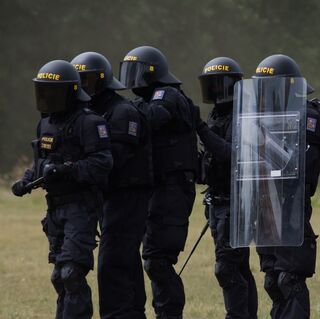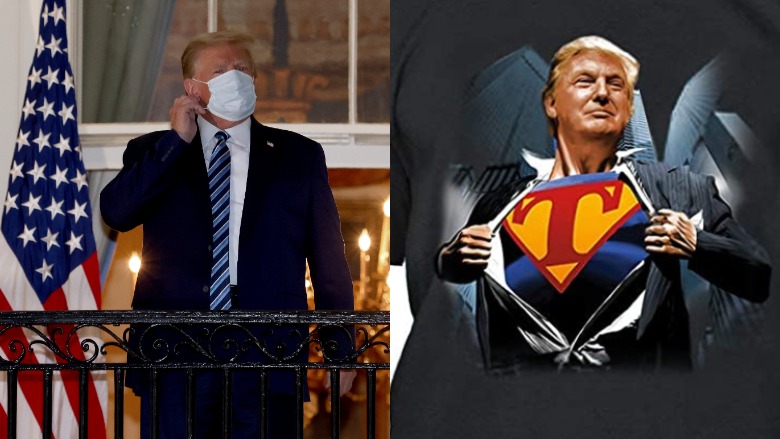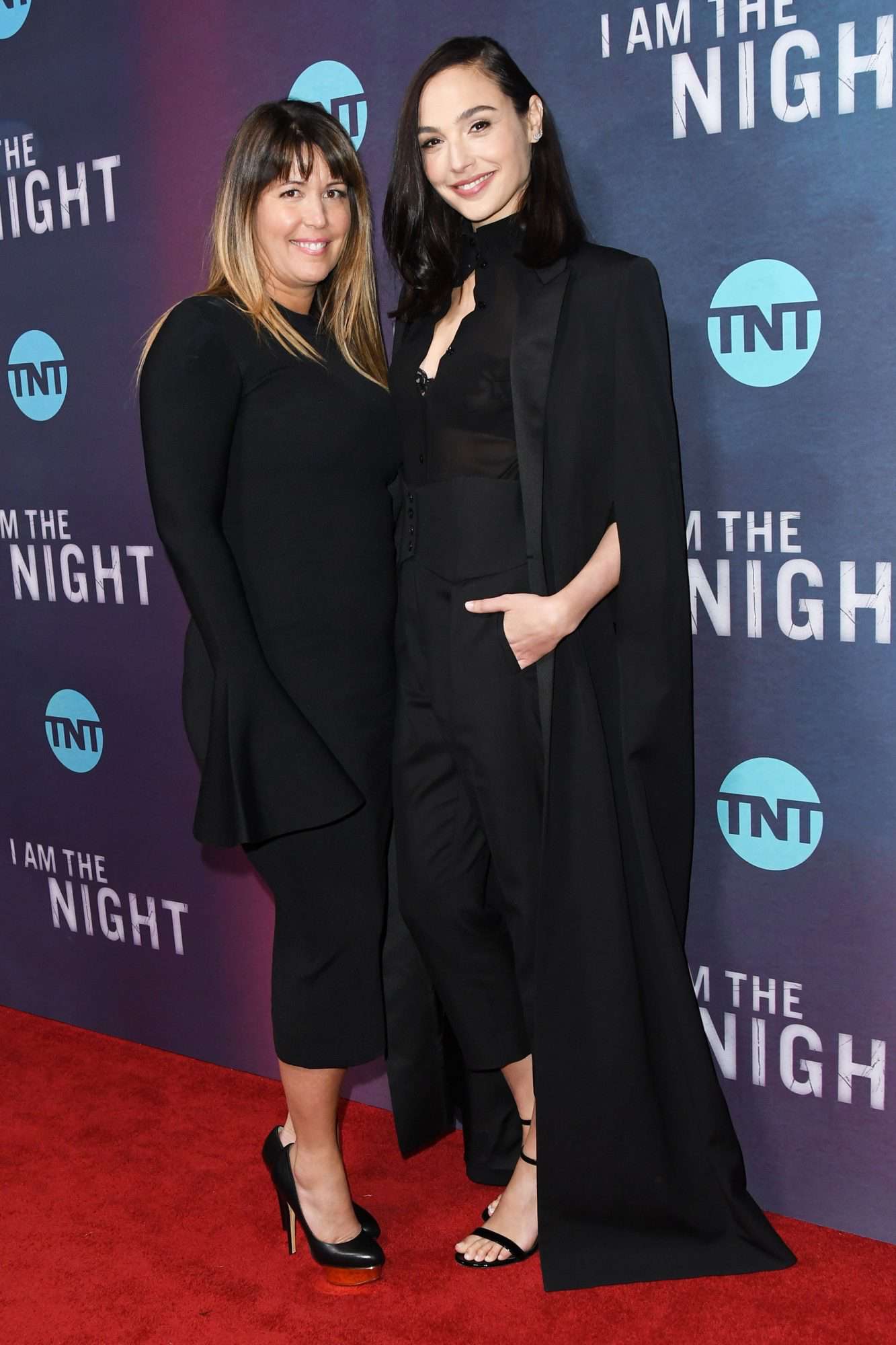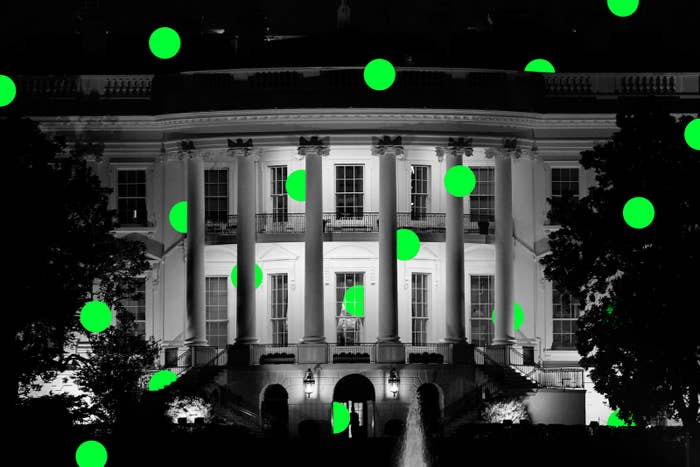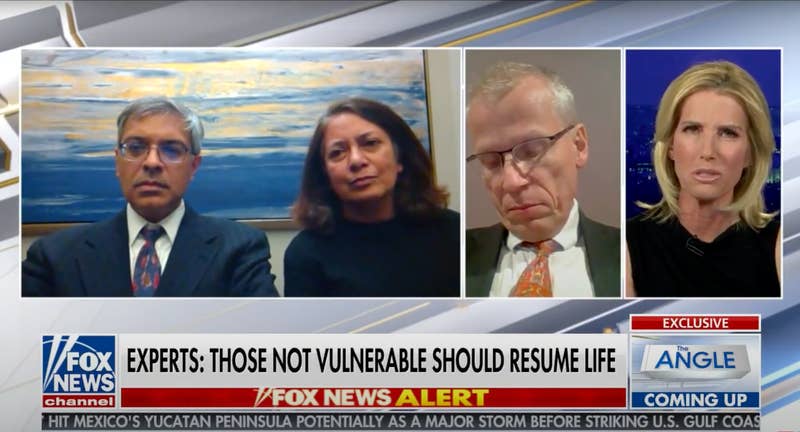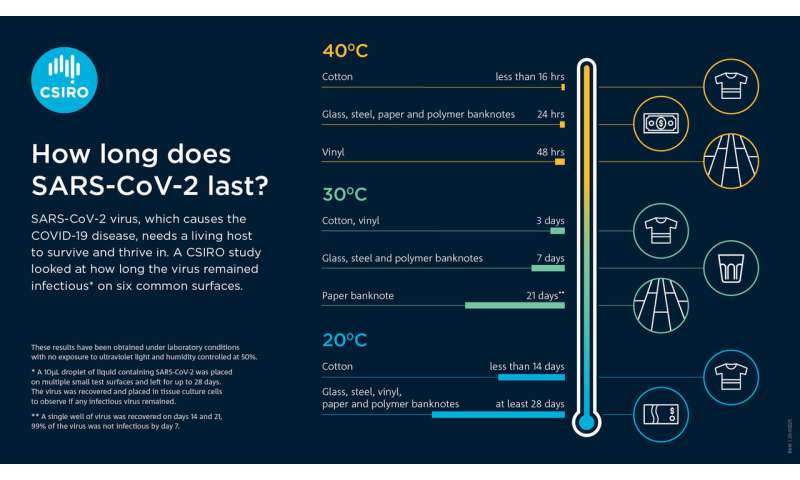Taylor Ardrey, INSIDER•October 11, 2020

Galveston police officer Amanda Smith secures Donald Neely with a rope after she and officer Patrick Brosch arrested the homeless man for criminal trespass in Galveston, Texas, U.S. August 3, 2019, in a still image from video released October 2, 2019. Galveston Police Department/Handout via REUTERS
A Black man is suing Galveston, Texas for $1 million following his 2019 arrest where he was led by city police officers on a rope as they were riding horseback.
Donald Neely's lawsuit said the incident resulted in "embarrassment, humiliation, and fear," according to KPRC.
Galveston Police Department's Police Chief Vernon L. Hale apologized after the arrest saying his "officers showed poor judgment in this instance and could have waited for a transport unit at the location of the arrest."
A homeless Black man whose handcuffs were attached to a rope while police were riding on horseback during an arrest last year is suing Galveston, Texas for $1million, according to KPRC.
According to his lawsuit, Donald Neely was arrested for trespassing in August of last year and said the incident resulted in "embarrassment, humiliation, and fear," KPRC reported.
"Neely felt as though he was put on display as slaves once were," the lawsuit said. "He suffered from fear because one of the horses was acting dangerously, putting Neely in fear of being drug down the street by a run-away horse."
Following Neely's 2019 arrest, the Galveston Police Department's Police Chief Vernon L. Hale issued an apology for how the situation was handled by officers P. Brosch and A. Smith.
"First and foremost I must apologize to Mister Neely for the unnecessary embarrassment. Although this is a trained technique and best practice in some scenarios, I believe our officers showed poor judgment in this instance and could have waited for a transport unit at the location of the arrest. My officers did not have any malicious intent at the time of the arrest, but we have immediately changed the policy to prevent the use of this technique and will review all mounted training and procedures for more appropriate methods," Chief Hale said in a 2019 press release.
Footage of the incident circulated on social media and sparked outrage and criticism about the way Neely— who was diagnosed with paranoid schizophrenia when he was young— was escorted by the officers.
—ABC13 Houston (@abc13houston) October 11, 2020
"Especially being African-American. Not that we lived in that day and time, but we all studied. We know the history, and to think in 2019 they saw fit to treat him like they would have treated us back then, it's just very disturbing," Neely's sister-in-law told KTRK-TV.
Neely wants a trial by jury for his case, according to ABC News.
Read the original article on Insider
A Black man is suing Galveston, Texas for $1 million following his 2019 arrest where he was led by city police officers on a rope as they were riding horseback.
Donald Neely's lawsuit said the incident resulted in "embarrassment, humiliation, and fear," according to KPRC.
Galveston Police Department's Police Chief Vernon L. Hale apologized after the arrest saying his "officers showed poor judgment in this instance and could have waited for a transport unit at the location of the arrest."
A homeless Black man whose handcuffs were attached to a rope while police were riding on horseback during an arrest last year is suing Galveston, Texas for $1million, according to KPRC.
According to his lawsuit, Donald Neely was arrested for trespassing in August of last year and said the incident resulted in "embarrassment, humiliation, and fear," KPRC reported.
"Neely felt as though he was put on display as slaves once were," the lawsuit said. "He suffered from fear because one of the horses was acting dangerously, putting Neely in fear of being drug down the street by a run-away horse."
Following Neely's 2019 arrest, the Galveston Police Department's Police Chief Vernon L. Hale issued an apology for how the situation was handled by officers P. Brosch and A. Smith.
"First and foremost I must apologize to Mister Neely for the unnecessary embarrassment. Although this is a trained technique and best practice in some scenarios, I believe our officers showed poor judgment in this instance and could have waited for a transport unit at the location of the arrest. My officers did not have any malicious intent at the time of the arrest, but we have immediately changed the policy to prevent the use of this technique and will review all mounted training and procedures for more appropriate methods," Chief Hale said in a 2019 press release.
Footage of the incident circulated on social media and sparked outrage and criticism about the way Neely— who was diagnosed with paranoid schizophrenia when he was young— was escorted by the officers.
—ABC13 Houston (@abc13houston) October 11, 2020
"Especially being African-American. Not that we lived in that day and time, but we all studied. We know the history, and to think in 2019 they saw fit to treat him like they would have treated us back then, it's just very disturbing," Neely's sister-in-law told KTRK-TV.
Neely wants a trial by jury for his case, according to ABC News.
Read the original article on Insider
Black man sues over incident in viral video showing police on horse leading him by rope
BY JOHN BOWDEN - 10/11/20

© Storyful
A Black man from Galveston, Texas, is suing city officials after two officers on horseback used a rope to lead him down the street.
Video that went viral in August showed 43-year-old Donald Neely handcuffed being led by two officers with the Galveston Police Department who had arrested Neely for criminal trespassing.
The lawsuit obtained by ABC News said that Neely "suffered from handcuff abrasions, suffered from the heat, and suffered from embarrassment, humiliation and fear as he was led by rope and mounted officers down the city street" during his arrest.
The suit also says officers should have realized that Neely "being led with a rope and by mounted officers down a city street as though he was a slave, would find this contact offensive."
The city's police chief apologized for the spectacle at the time and pledged to no longer use mounted officers to transport arrested persons.
“Although this is a trained technique and best practice in some scenarios, I believe our officers showed poor judgment in this instance and could have waited for a transport unit at the location of the arrest,” the city's police chief said in a statement at the time.
“My officers did not have any malicious intent at the time of the arrest, but we have immediately changed the policy to prevent the use of this technique and will review all mounted training and procedures for more appropriate methods,” he added.
Neely's sister sharply criticized the manner of her brother's arrest in an interview with The New York Times in August, explaining that Neely battled homelessness and mental illness.
“They don’t care to know the whole story,” Taranette Neely said at the time. “You're a criminal in their eyes. You’ll always be a criminal. Ain’t no redemption for you. You’re trash. And that’s how they treated him.”
BY JOHN BOWDEN - 10/11/20

© Storyful
A Black man from Galveston, Texas, is suing city officials after two officers on horseback used a rope to lead him down the street.
Video that went viral in August showed 43-year-old Donald Neely handcuffed being led by two officers with the Galveston Police Department who had arrested Neely for criminal trespassing.
The lawsuit obtained by ABC News said that Neely "suffered from handcuff abrasions, suffered from the heat, and suffered from embarrassment, humiliation and fear as he was led by rope and mounted officers down the city street" during his arrest.
The suit also says officers should have realized that Neely "being led with a rope and by mounted officers down a city street as though he was a slave, would find this contact offensive."
The city's police chief apologized for the spectacle at the time and pledged to no longer use mounted officers to transport arrested persons.
“Although this is a trained technique and best practice in some scenarios, I believe our officers showed poor judgment in this instance and could have waited for a transport unit at the location of the arrest,” the city's police chief said in a statement at the time.
“My officers did not have any malicious intent at the time of the arrest, but we have immediately changed the policy to prevent the use of this technique and will review all mounted training and procedures for more appropriate methods,” he added.
Neely's sister sharply criticized the manner of her brother's arrest in an interview with The New York Times in August, explaining that Neely battled homelessness and mental illness.
“They don’t care to know the whole story,” Taranette Neely said at the time. “You're a criminal in their eyes. You’ll always be a criminal. Ain’t no redemption for you. You’re trash. And that’s how they treated him.”

